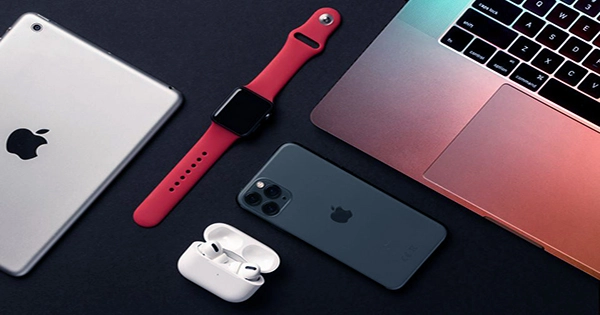The choice would free the business laptop from constraints imposed by consumer expectations, enabling Apple to pack a startling amount of power and adaptability into the 14-inch and 16-inch MacBook Pro notebooks without sacrificing anything in order to meet those expectations.
When discussing the power found in Apple laptops, it is important to recognize that the switch to ARM-based computing and the ensuing Apple Silicon chipsets changed the game for Apple and the way it positioned Mac computing. The MacBook Air was at the forefront of that transition; it was no longer dependent on Intel’s perspective on portable CPUs, and the M1 instantly outperformed comparable Intel computers in terms of benchmarking and performance. Launched earlier this year, the MacBook Air M2 notebooks provided 20% more power than the M1, which was already outstanding.
Apple’s M1 processor provides more than adequate capabilities for daily work for the ordinary customer. There is undoubtedly enough for running complex and powerful programs, processing photographs, working on music, producing films, and providing reliable hardware for developers.
The MacBook Air has raised the bar for the Mac, and that line now encompasses a larger user population—possibly the great majority of the user audience that is consumer-focused.
The Apple Silicon M1 and M2 are available outside of just the Mac. Apple has included the cutting-edge CPU in a number of iPad Pro models. Offering the same power on demand supports Apple’s ongoing campaign to convince users to view the iPad as a computer on par with the MacBook Air.
You could be excused for thinking that Apple is trying to combine the top end of the tablet market with the low end of the laptop market by bringing the visual languages of both macOS and iPadOS closer together, enabling applications to run on either platform, blurring the lines in its marketing, and the relatively similar physical sizes and weights.
Regardless of the community-loved technical intricacies, Apple is set up and thought to have as its long-term objective giving customers the option of a tablet that does “Apple things” or a laptop that does “Apple things.” The form factor and broad options like “keyboard or stylus”—not the operating system—are the crucial components in this situation.
It’s important that Apple separated the MacBook Pro from the Air/iPad combo.
Apple permits the higher-specced machines, such as the professionally oriented MacBook Pro models, to be disconnected and go away to do their own thing by choosing to focus on common synergies at the lower end of the Mac spectrum. In turn, this gives a smaller but more demanding set of independent creators and production businesses considerably greater power and flexibility.
I anticipate that when the MacBook Air and the iPad Pro get closer to one another, the performance difference between them will widen and the actual MacBook Pro models will produce a laptop that truly meets the needs of professionals while still satisfying the needs of the majority.















